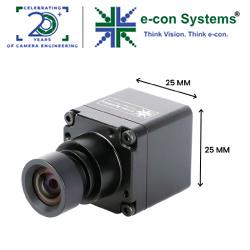Powering Drones with Improved Mobile Mapping Systems
Lowering the Barrier to Entry with "Robotics-as-a-Service" (RaaS)
Random Depalletization
ATI Industrial Automation at IMTS 2022
How an Autonomous Machine Vision System Increased Accuracy and Cut Waste
How Simulation Enhances the Offline Programming Experience
HEIDENHAIN at IMTS 2022
Automating Labor Dependent Tasks in High Mix/Low Volume Production
Automating Industrial Inspection With Autonomous Mobile Robots
How Autonomous Robots Drive ROI in the Internet of Things
Overcoming the Challenges of Automated Bin Picking
Industrial Robots Vs (or With?) Cobots
Accommodating Market Volumes and Staying Competitive with Scalable Sensor Solutions
Power Conversion Breakthroughs Fuel a Robot Revolution
The Next Big Thing in Manufacturing: XaaS to Boost Productivity and Revenue
Records 391 to 405 of 2056
First | Previous | Next | Last
Featured Product

3MP HDR IP69K Camera for Robotics & Autonomous Vehicles
Robotics and Automation - Featured Company

